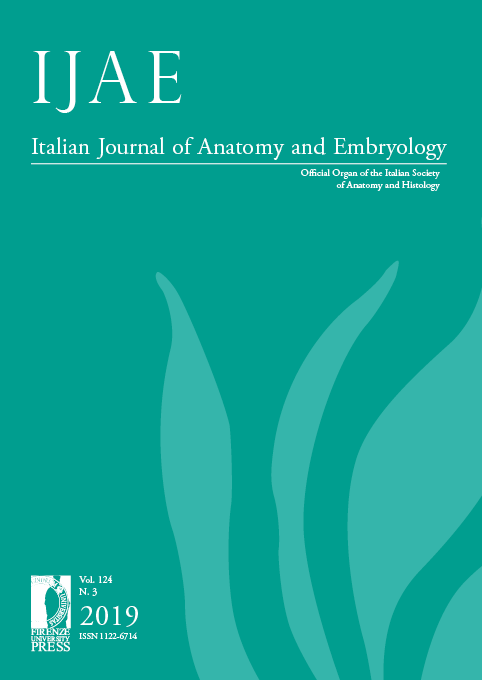Discovery and development of the cardiovascular system with a focus on angiogenesis: a historical overview
Published 2020-05-20
Keywords
- Angiogenesis,
- blood vessels,
- heart,
- history of medicine,
- embryogenesis
- vasculogenesis,
- proangiogenic factors,
- antiangiogenic factors,
- vasculogenic mimicry,
- vessel cooption ...More
How to Cite
Abstract
In comparison with other organs, the beating heart and the red color of blood flowing inside vessels not only were arguments for anatomical research but also inspired metaphorical as well as symbolical considerations. Indeed, for a long time the cardiac pump was thought as the seat of passions and a haemocardiocentric theory developed, especially in Aristotle’s philosophy. After the Galen’s medicine, new anatomical observations were shown in the Renaissance period, with modern descriptions of the cardiovascular system by Leonardo da Vinci and Vesalius. Descartes’ mechanistic view confirmed the discovery of the blood circulation by Harvey, and microscopic investigations unrevealed the capillary network. Most of these studies mainly described blood vessels as static anatomical structures and said little about their formation and development. Then, at the end of the 18th century, Hunter introduced the concept of angiogenesis in in vivo experiments, leading to the modern embryological research. The beginning of angiogenesis era was characterized by the first microscopical evidences of capillary formation and the discovery of the angioblasts by Sabin. The evolution of angiogenesis concept occurred in the ‘70s of 20th century with the pivotal work by Folkman and the onset of research on pro-and anti-angiogenic factors which characterized the next two decades of angiogenesis field. New models of neovascularization have been recently proposed such as the vasculogenic mimicry and the vessel cooption to explain the non-angiogenic tumor growth and the antiangiogenic drug unresponsiveness. Future trends are dealing with the role of angiogenic process and immunity.


